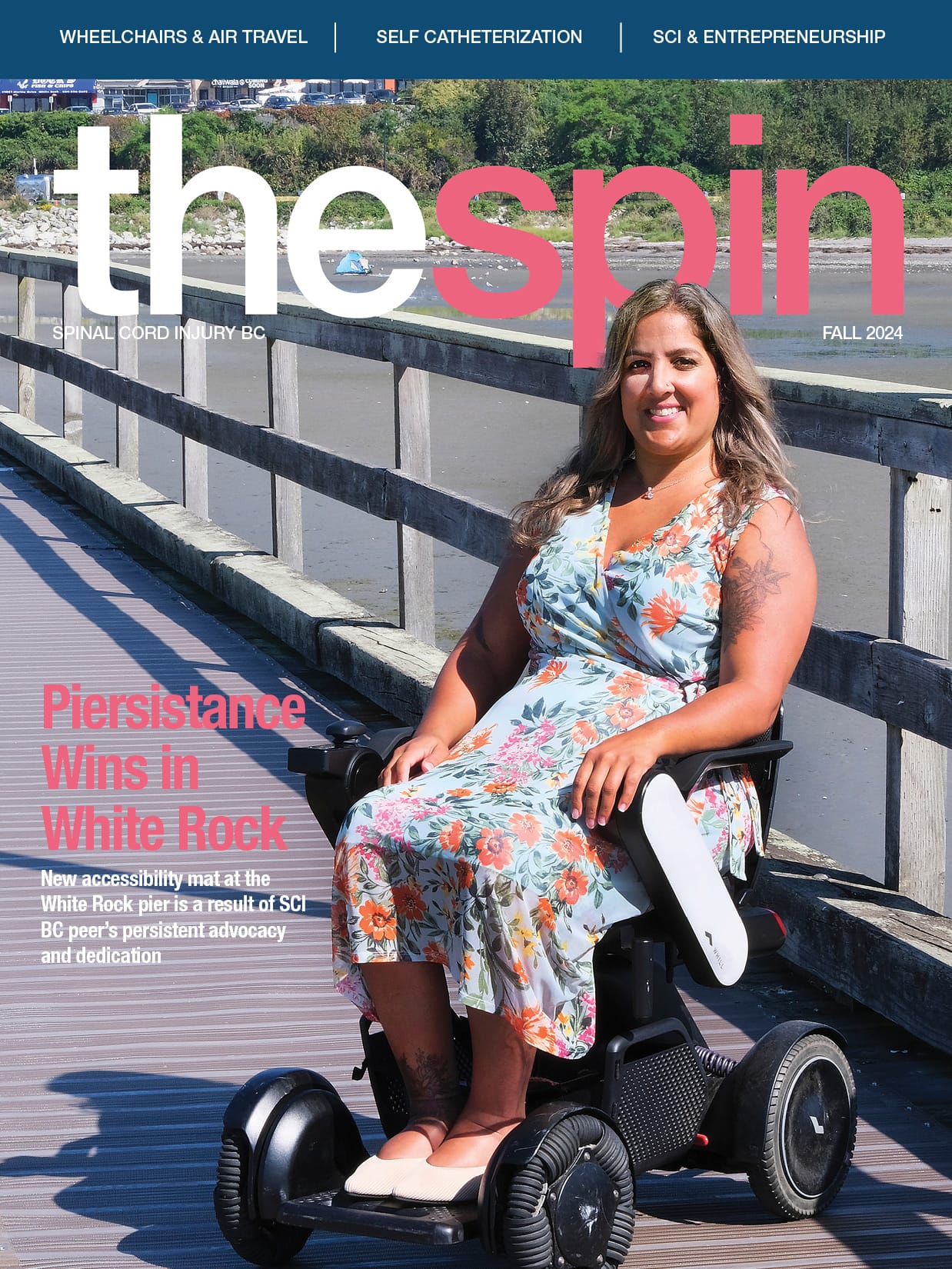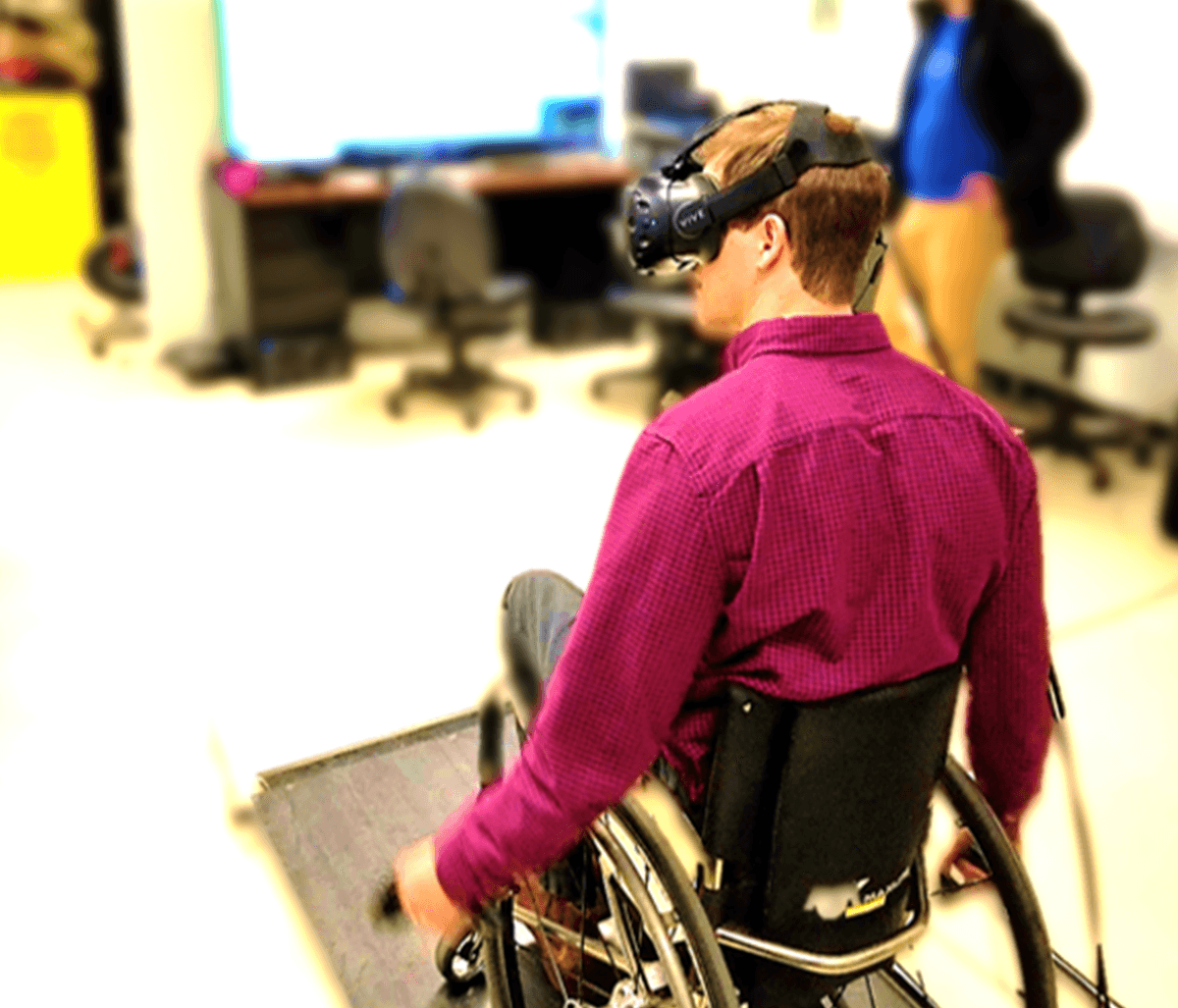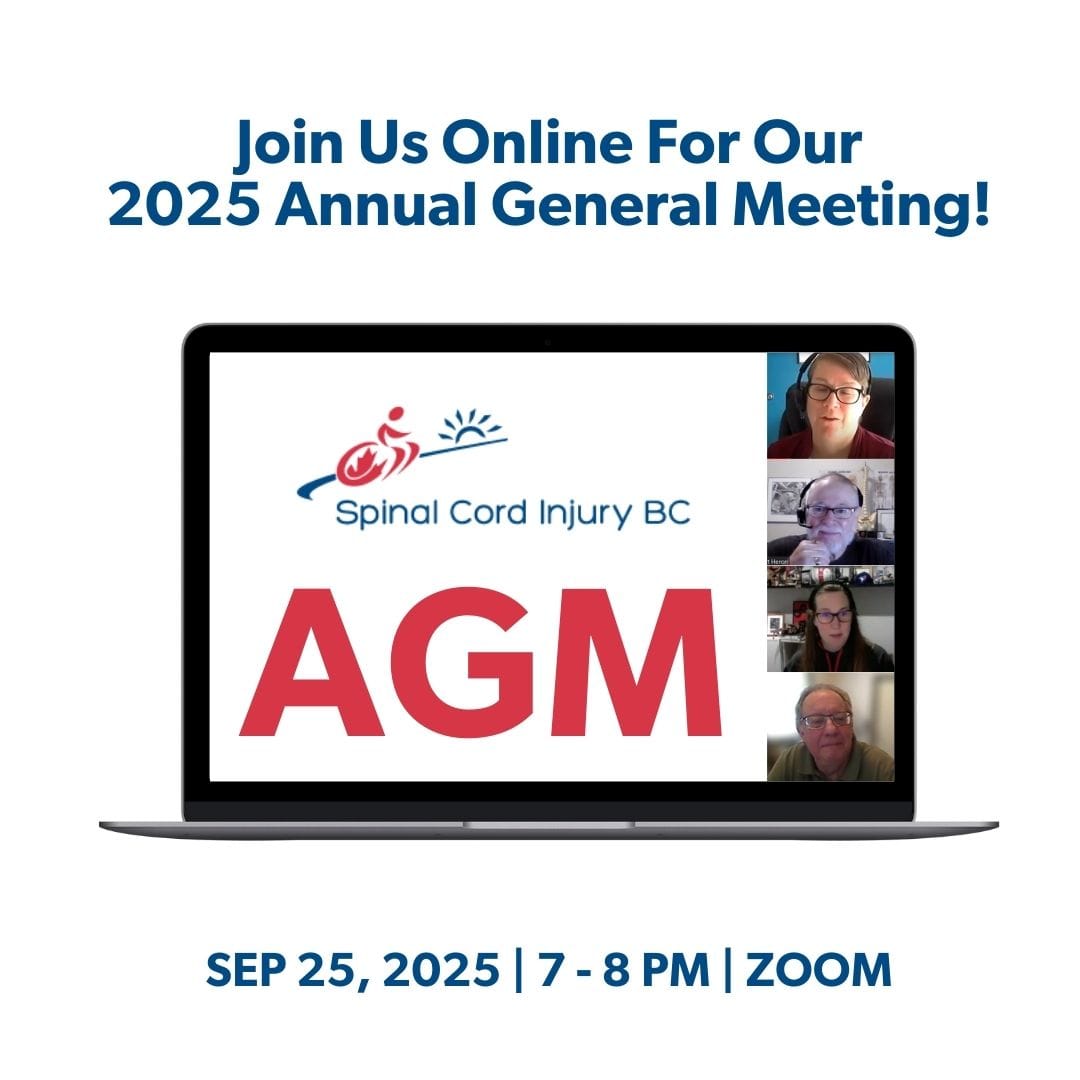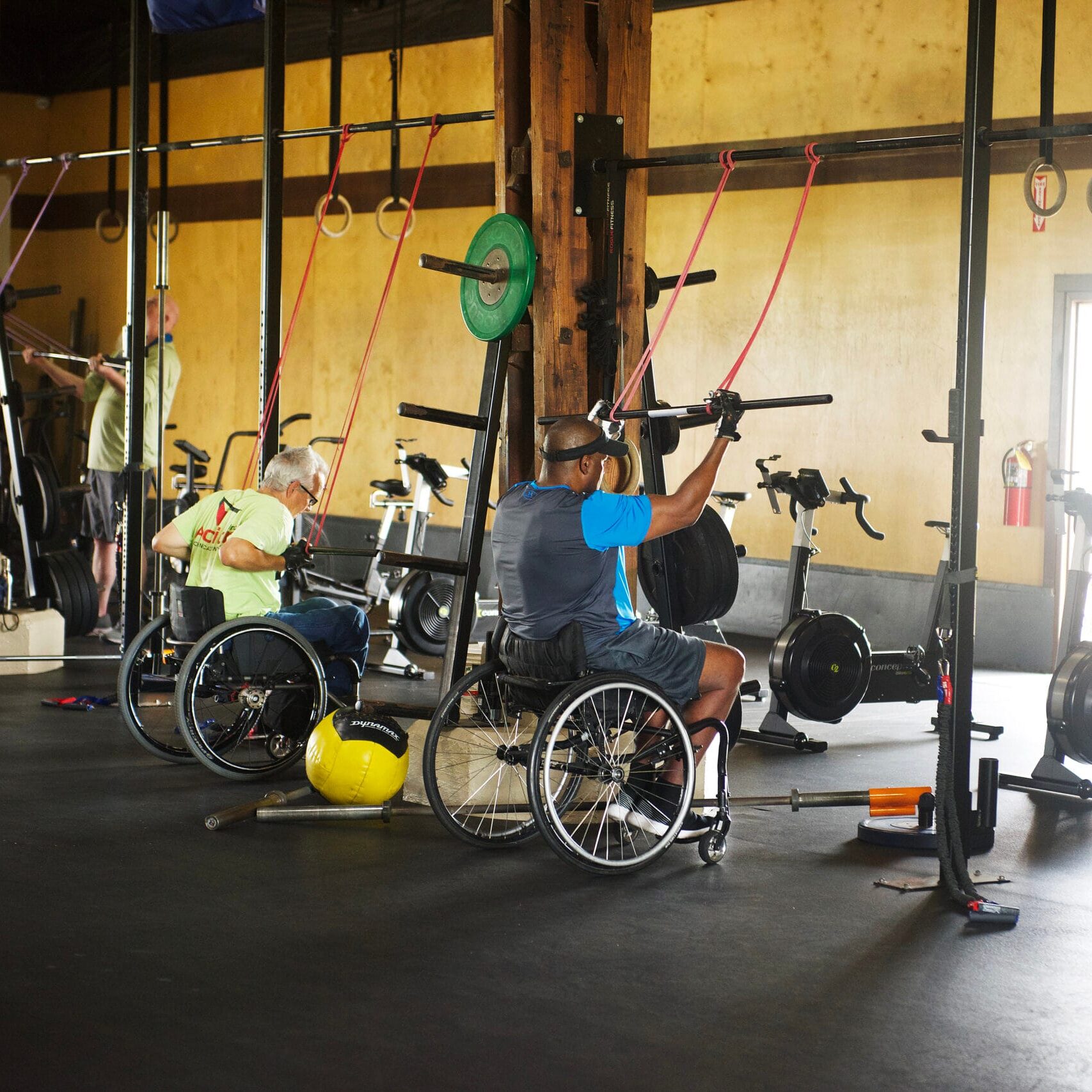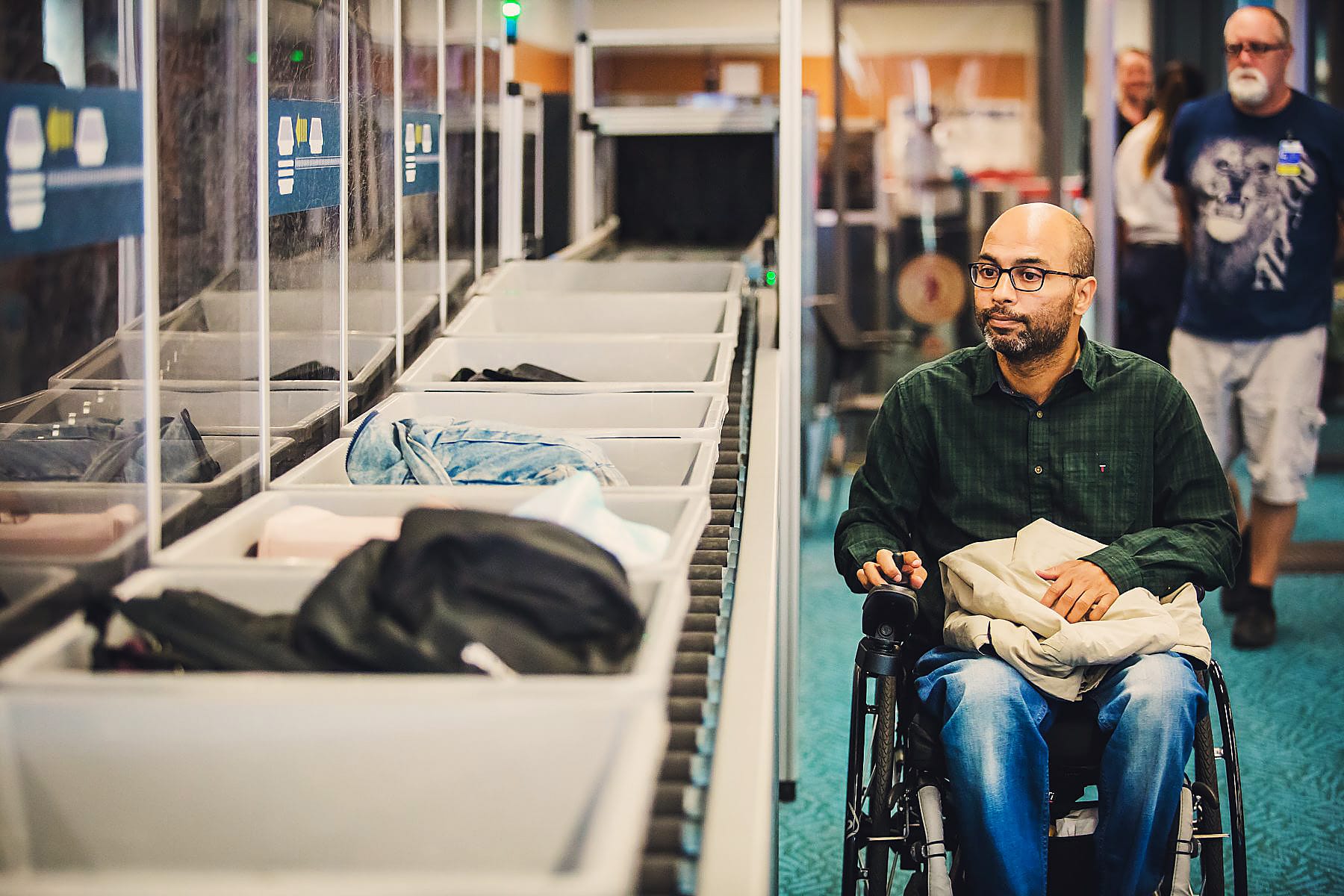
“We’ve all heard the downright atrocious, inhumane experiences people with disabilities have endured during air travel, some resulting in serious injury, all causing deep emotional harm. We are talking about nothing less than the human dignity of each passenger.”
These are the words of Stephanie Cadieux, Canada’s Chief Accessibility Officer, while speaking at Canada’s first ever National Air Accessibility Summit in Ottawa on May 9, 2024. Cadieux, a wheelchair user and former employee of SCI BC, first spoke out about the “dehumanizing” treatment of people with disabilities during air travel after Air Canada left her wheelchair behind on a flight from Toronto to Vancouver six months earlier.
In her statement, Cadieux described the emotional frustration and loss of independence she experienced when she learned her wheelchair had not made the trip to Vancouver with her—a feeling our readers with SCI are likely to know all too well.
“Over the past six months, I have seen this issue catch fire in a way I don’t think it ever has before,” remarked Cadieux. “This is a global issue. In some areas, Canada is leading the way, and we should be proud of that, but we should be much farther ahead.”
Similar sentiments are shared in a new study published in the journal Spinal Cord Case Series earlier this year. The US-based study is one of the first to explore the experiences of wheelchair users with SCI during air travel.
The lead author, Julie Pfeiffer, is a physical therapist and a PhD Candidate in the College of Education at the University of Kentucky. Through Pfeiffer’s early experiences working in SCI research and rehabilitation, she was exposed to the realities of air travel for people who use wheelchairs.
“I heard stories from individuals who had their wheelchairs damaged or had been personally injured while flying. These individuals experienced significant impacts on their quality of life including decreased independence with performing transfers, missing therapy sessions because they were unable to leave their house, and even episodes of hospitalization,” says Pfeiffer.
These experiences are what sparked her passion for improving air travel accessibility, especially among wheelchair users. What quickly became clear, however, is that the anecdotal stories she was hearing needed to be backed up with scientific evidence.
“When I began exploring this line of inquiry as part of my PhD studies, it became obvious that US legislation designed to protect individuals with disabilities against discrimination during air travel was not achieving its goal,” explains Pfeiffer. “Not only had there been a steady increase in disability-related complaints filed against airlines by wheelchair users [in the US] over the past decade, but progress towards developing solutions appeared to have stalled.”
To get the evidence she was after, Pfeiffer interviewed six people with SCI or related disabilities who use a wheelchair full-time about their air travel experiences.
“We purposefully selected individuals who not only had significant experience travelling by air as wheelchair users but also had a variety of characteristics that could impact their experiences,” says Pfeiffer. “We interviewed manual and power wheelchair users, and individuals with tetraplegia and paraplegia. Some participants were able to transfer from their wheelchair to the airplane seat independently while others required a two-person assist.”
In addition to their air travel history, the research team asked participants about their pre-flight, in-flight, and post-flight experiences, as well as suggestions to improve their air travel experiences. Only one participant identified as a woman, which limited the researchers’ ability to discuss the air travel experiences of women living with SCI.
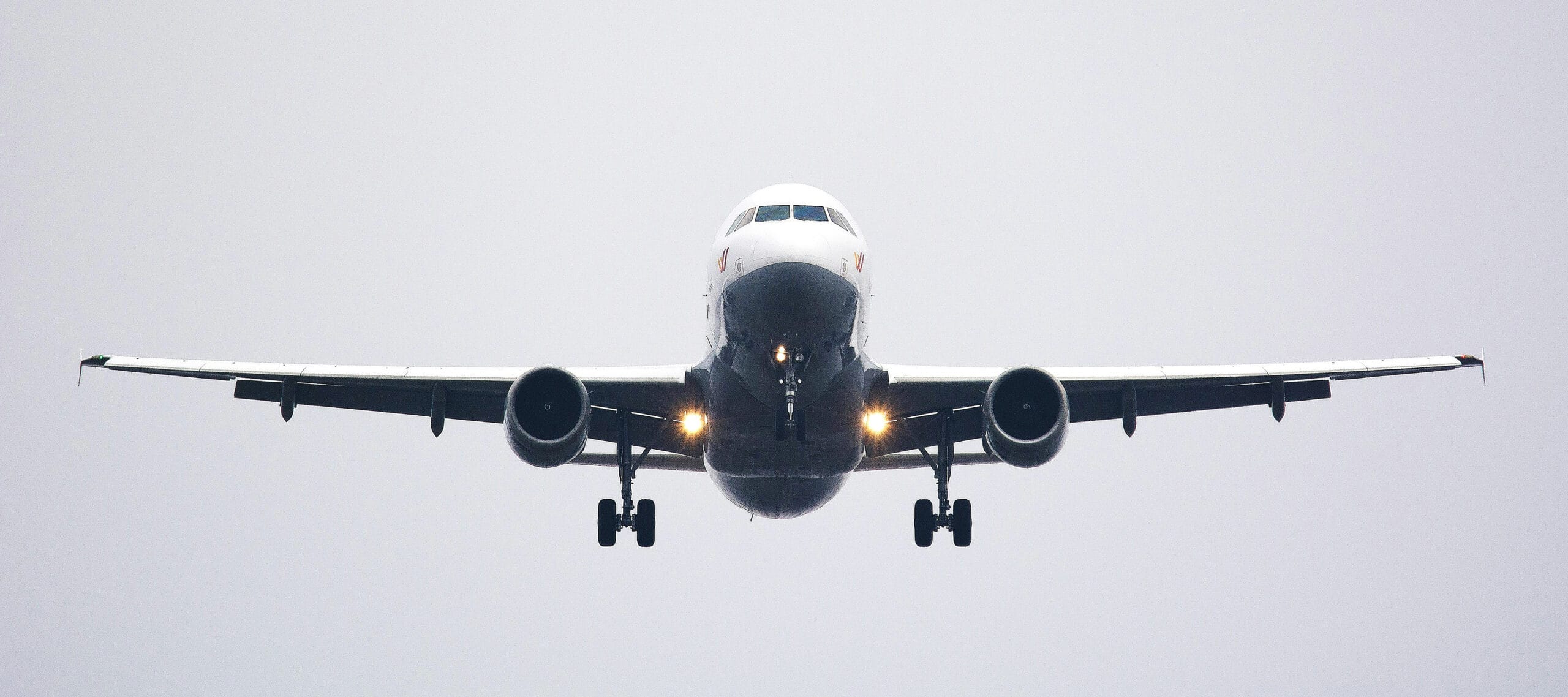
According to Pfeiffer, a significant finding of the study is that the most challenging barriers to air travel occur when the wheelchair user interacts with the airplane and airline personnel—not the airport. In fact, participants reported that barriers to airport accessibility were minimal and no different than barriers experienced at other public accommodations or services.
When interacting with the airplane, challenges most frequently arose during boarding and deplaning and accessing the onboard bathrooms. “The most humiliating times of flight are getting on and off the plane,” stated one study participant.
For example, participants reported that the equipment used to access the plane is not well designed and often in poor working condition. The most common concern was that the design of the aisle chair increased the risk of serious injury, such as feet slipping off the footrest and being dragged on the floor or pressure injuries resulting from minimal seat padding.
Inability to access the onboard bathrooms also led to embarrassment and concerns about medical complications. Anticipating that they wouldn’t be able to access the onboard bathrooms, some participants described restricting food and fluid intake for several hours before the flight, increasing the risk of dehydration and urinary tract infection.
But it was the risk of something happening to their wheelchairs, not to them, that ultimately caused the greatest concern for the participants in this study. In fact, all participants reported having their wheelchairs returned to them damaged—ranging from scratches and dents to broken joysticks, wheels, and actuators—following a flight.
“The participants in our study reported that damage to their wheelchairs was the greatest obstacle to flying,” explains Pfeiffer. “Participants discussed the significant impact that damage to their wheelchair during flight had on their independence, even months after returning home.”
As a result, the participants described making choices that adversely impacted themselves to avoid damage to their wheelchairs, such as avoiding layovers, driving to a larger airport, or using an old wheelchair for travel.
According to Dr. Walt Bower, the Preservice Training Coordinator for the Human Development Institute at the University of Kentucky and a coauthor on Pfeiffer’s study, the study’s findings point to the need for major changes in how the airline industry accommodates people with disabilities, especially wheelchair users, during air travel.
“We need to rethink the assumptions about what accessible air travel involves for people with SCI in society,” says Bower. “Based on the recommendations of our study participants, an important and practical next step for the airline industry is to redesign an aircraft seat that enables a wheelchair user to take their wheelchair inside the cabin of the plane during the flight. Remaining in their own wheelchair would eliminate the dehumanizing transfer to an aisle chair and damage to their wheelchair during stowage in the cargo area of the airplane.”

On the ground in Canada, Cadieux has had conversations with airports, airlines, service providers, industry associations, and international leaders. While redesigning aircraft seating could take some time, her remarks at the National Air Accessibility Summit highlighted some of the changes that are already taking place.
“Airlines have been working on improvements, testing new ways of storing and securing wheelchairs, investing in more training for staff, and making commitments to do better,” she said in her statement.
At the Summit, the Government of Canada and the National Airlines Council of Canada announced a number of commitments to improve air travel accessibility. These include developing a simplified approach for accommodation requests and accessibility documentation that can be shared between airlines so that passengers with disabilities will only have to tell airlines about their needs once, and proactively collecting and sharing data about the experiences of their passengers with disabilities. The Government of Canada has also committed to taking a leadership role with international partners to promote better passenger experiences for persons with disabilities.
In an update on August 20, which is National Accessible Air Travel Day in the US, Cadieux’s office reported that “work on these three items has been actioned quickly and is progressing.” To this end, Cadieux’s office reported that the Deputy Minister of Transport Canada has established working groups and drafted a workplan to provide accountability for these promised actions. In addition, the
federal government is working to roll out information campaigns that clearly define the rights and responsibilities of airlines and passengers and ensure the development and implementation of accessibility features and infrastructure on airplanes.
Pfeiffer and Bower also have more work to do. “Down the road, we hope to develop a larger and more comprehensive study of the barriers to accessible air travel for passengers with disabilities, including individuals with SCI, that builds on the findings of our present study. We would also like this program of research to advance public policy and training to create more inclusive air travel for people with SCI, their families, and communities,” says Bower.
“Disability is a natural part of the human experience. That does not diminish a person’s right to participate in all aspects of life, including transportation and air travel,” he adds.
This article originally appeared in the Fall 2024 issue of The Spin. Read more stories from this issue, including:
- Peer advocacy
- Bladder care
- Entrepreneurship
And more!
